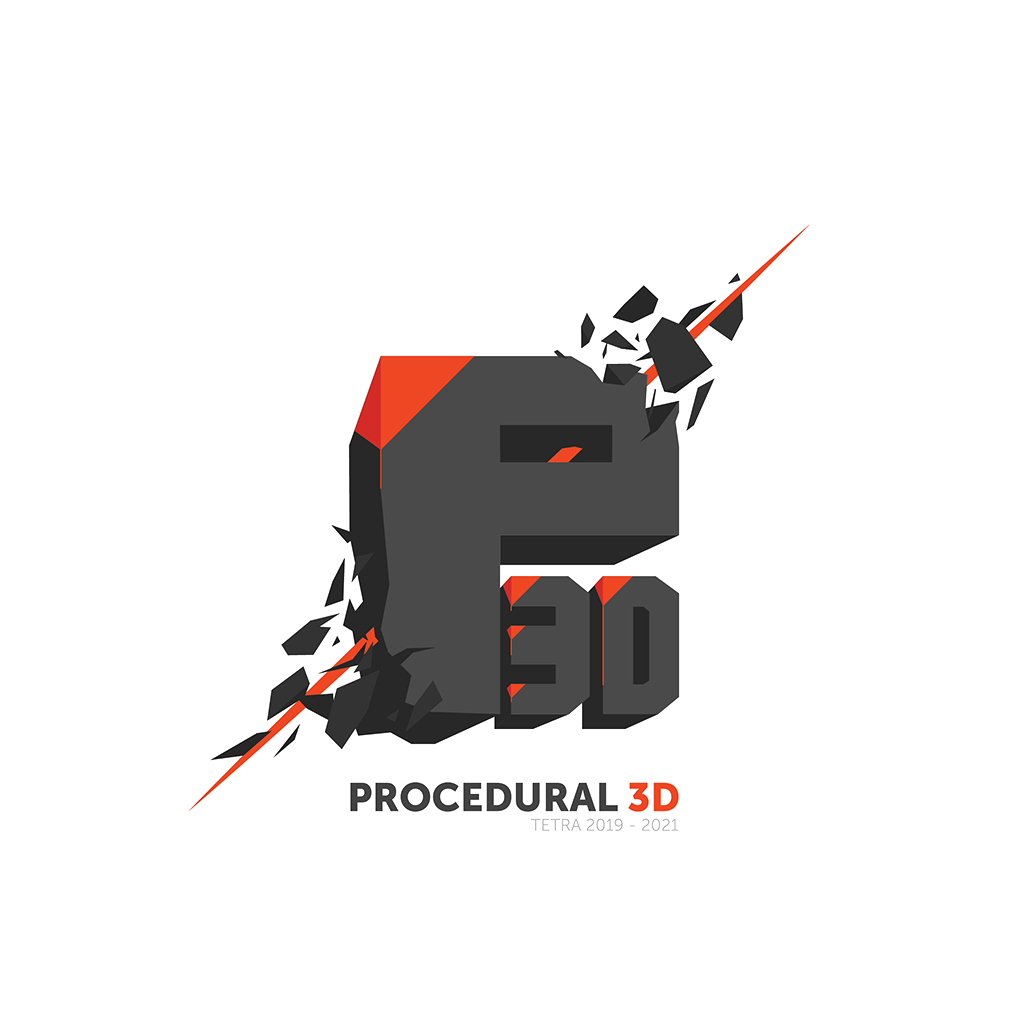When creating a 3D model, the focus is on how it visually looks from the outside. Where a traditional 3D model is hollow inside, a soft body has a volume with mass and weight.
The ultimate dream of various sectors – including medical imaging, medical training and police investigation – is to create a real-time soft body simulation. In such interactive simulations, for example, an organ can be cut and a physically correct reaction of the fat tissue, muscle tissue, blood vessels, etc. is displayed at the moment. The technology is not yet so far that this is possible.
In this use case, the different methods to generate soft body simulations were compared. In this way we mapped out what is possible to date. Our focus was on realistically simulating and visualizing organs and organic material.
Each step explored a different aspect of soft body manipulations, such as dropping, grabbing, pressing, pulling apart, cutting soft bodies, all in the most believable way possible and for different audiences. materials.
A typical property of soft body dynamics is that the 3D model must (partially) retain its shape and/or return to its original shape after manipulation. That is why we also look at how different parameters determine the simulation.



